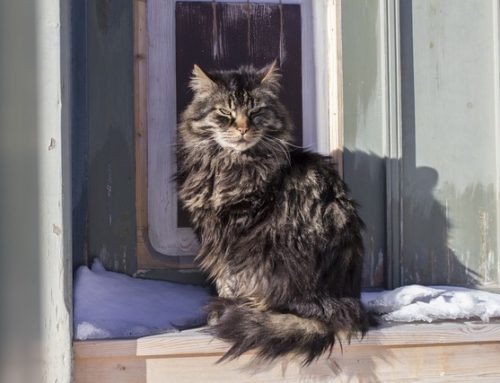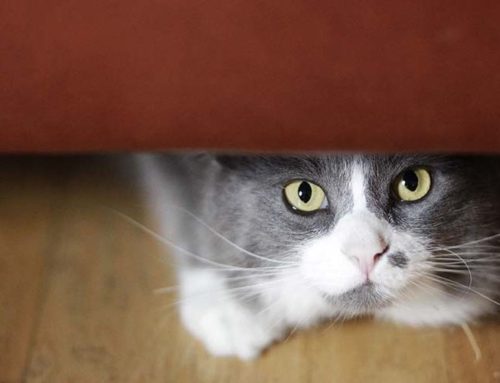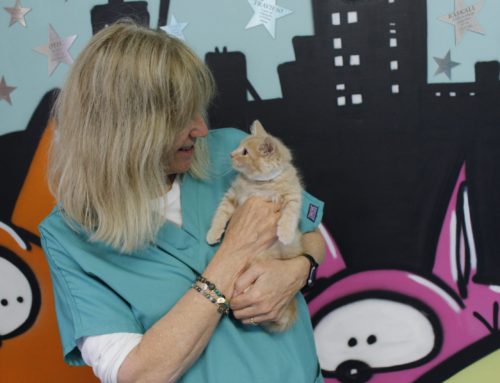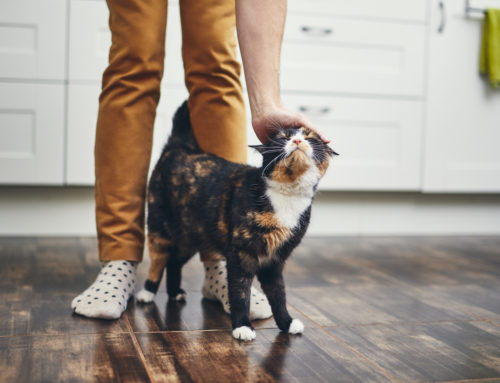
This rainy season in Southern California is great for our dry and parched environment but it’s extremely harsh on the homeless cats that must brave the harsh elements while living outdoors. However there are always things that you can do to help these legions of community cats survive the torrential cold and rainy downpours. Always be mindful of your community’s furry friends roaming the streets. They need our help at all times. If you see a cat dart across the road on your street, chances are she might be a homeless cat and could use a little help. Just these few little things can make a world of difference to a stray cat
Create a shelter: Use storage bins, Styrofoam containers or old doghouses. Make sure that this enclosure is big enough for several cats but not too big as the small environment is what allows the cats to warm it with their own body heat.
Insulation: Straw is the top choice for insulation and bedding in cat shelters because it resists moisture. Avoid blankets, which absorb moisture and can make a cat sick. However if the enclosure is extremely dry, you might put a nice warm cat bed on top of the straw as an extra comfort.
Build a feeding station in sheltered area: Feeding stations establish a specific area for cats and should be located near shelters to reduce the amount of time cats are exposed to the elements. Consider a feeding station with a small roof to keep food and kitties dry while they dine.
Feed cats on a regular schedule: Cats will know when to come around with a schedule, and both the food and the cats will spend less time exposed to the weather. Always store bags of cat food in sealed containers to avoid having food exposed to elements or contaminated by rodents or bugs.
Feed larger portions: In cold and rainy weather, make sure to feed larger portions (at least 30 percent more) than usual for an extra caloric boost. If cats eat all or most of the food in 15 minutes or less, increase portions.
Keep all shelters clean and accessible: Make sure to throw out old or wet straw or bedding and keep entrances to shelters, feeding stations, porches or other hiding spots as accessible as possible.
Before starting your car: Give the hood a tap and check between the tires. Cats will climb inside the engine for warmth or hide under the car for shelter.
Take care of you: You too should stay dry and warm when feeding during inclement weather, so be sure to bring wear appropriate clothing and footwear. Take care of yourself, and thank you for all you do on behalf of community cats!
If you need assistance with Trap-Neuter-Return in your community, please complete this application and you will be contacted by a FixNation team member.





